Joseph Drake GRAD SCHOOL DIARIES
mammals field work ecology
Scottish Summer Surprises (Part 1)!
Dear TLS Friends,
Sorry this update is so late, but the internet is few and far between in the far northwest of the Scottish Highlands. I have found my way to my field site after long rides in planes, trains, and automobiles (yes, really, and in that order).
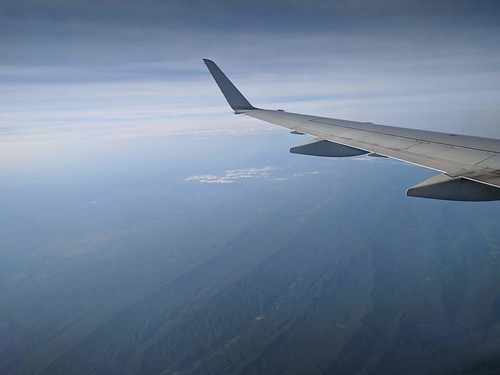
Figure 1. The view from the air over the United States on my way to Scotland.
Working overseas presents its own suite of problems, and half the battle is just getting you and your equipment to the study site. And making sure that the field kit at your collaborators university is in working order.
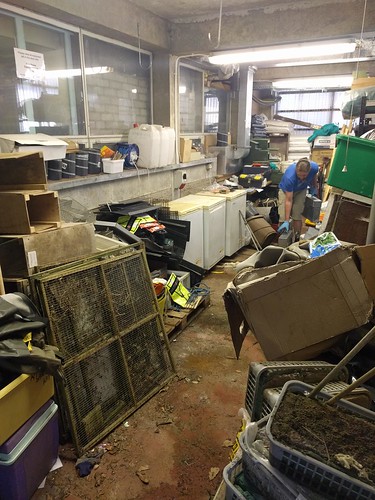
Figure 2. The storage shed. Traps and flags to mark sites and all types of studies current and years gone by are hidden away in this graveyard of science. It is very likely that your local university has one just like this one hidden somewhere in the biology/botany-esque departments.
All of the hard work preparing for the field season is worth it. The sleepless red-eyes and anxiety at the baggage claim and the countless grants, protocols, and permits that must be filled out all fall away when you step out into it. Nature that is.
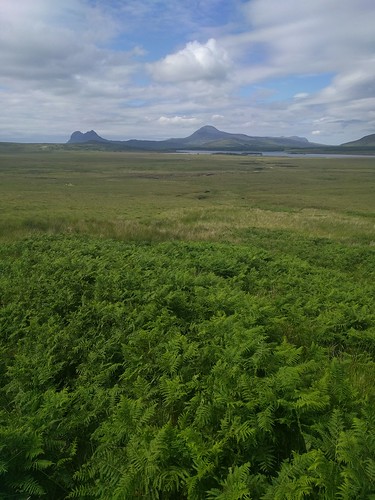
Figure 3. A rare sighting of the blue sky over the Assynt region in the Scottish Highlands.
Hiking across the fields and through burns and rivers to find the elusive prey sometimes presents unexpected surprises. Sometimes it is ruins from another time, inexplicable with its story lost to me. Sometimes it is the perfect example of the study animal I am after. The secretive water vole (Arvicola amphibious), is often only found via its latrines (if you want to learn more about the survey methods, check out a previous TLS blog here: Crap you really didn’t need to know.
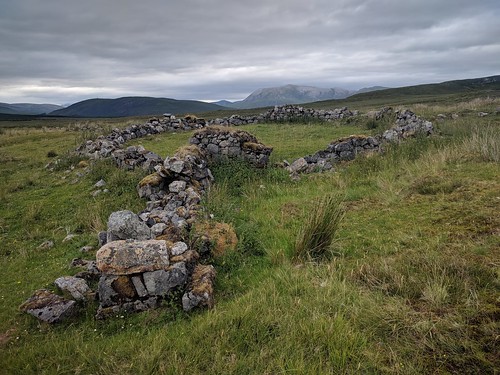
Figure 4. This stone ruin is only known on the British Ordnance Survey maps as “Meoir” and is some sort of derivative of Gaelic-Scottish or Old Irish word for “finger”.
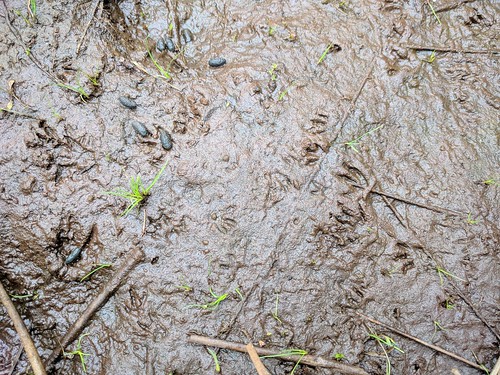
Figure 5. The signs of the prey I seek. The latrines and foot prints of the Water Vole (Arvicola amphibious).
I am know done with finding the wee beasties in the hills. We are now on to live-trapping the voles. Now the real fun begins. I’ll let you know how that ends up!
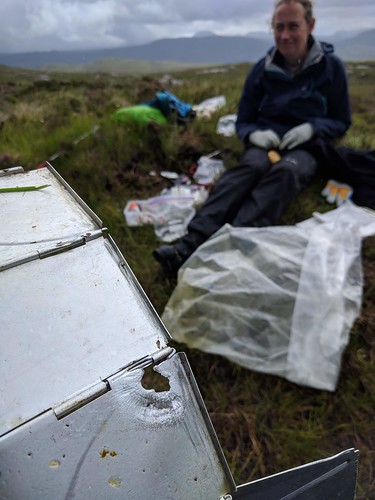
Figure 6. Water vole teeth are sharp. Very, very sharp. As the inside of this live trap will attest to.
